Kumano Kodo is a World Heritage Site-Embark on a historic and spiritual journey along one of the many routes on the Kumano Kodo trail up and through the majestic Magose-Toge pass.
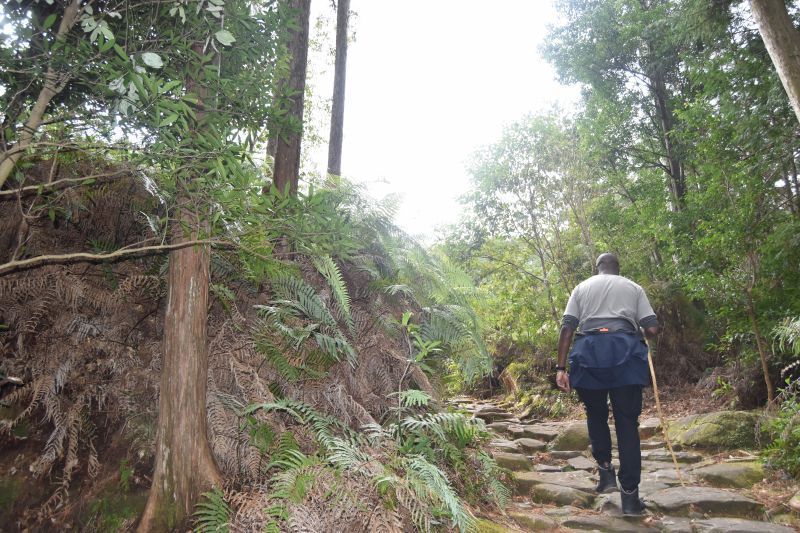
The Magose-Toge is a mountain pass on the Iseji section of the Kumano Kodo pilgrimage path in Mie Prefecture, Japan. The route begins at Aiga Station, crosses the Choshigawa River and passes the Michi-no-Eki Miyama rest-stop before entering the forest. Just before the pass is a 600-metre detour to the top of Mount Tengura, offering spectacular views of mountains and Owase Bay.
Written by Kevin Jackson
-Author's Introduction
California, USA, 14 years in Japan. I love Japan! I naturally have an interest in history and geography, and try to spend a fair amount of my free time exploring Japan and delving into those aforementioned interests to find out what makes this country so interesting. The more curious you are the more interesting life becomes. I have spent the last 14 years here doing just that, and plan to continue to explore.
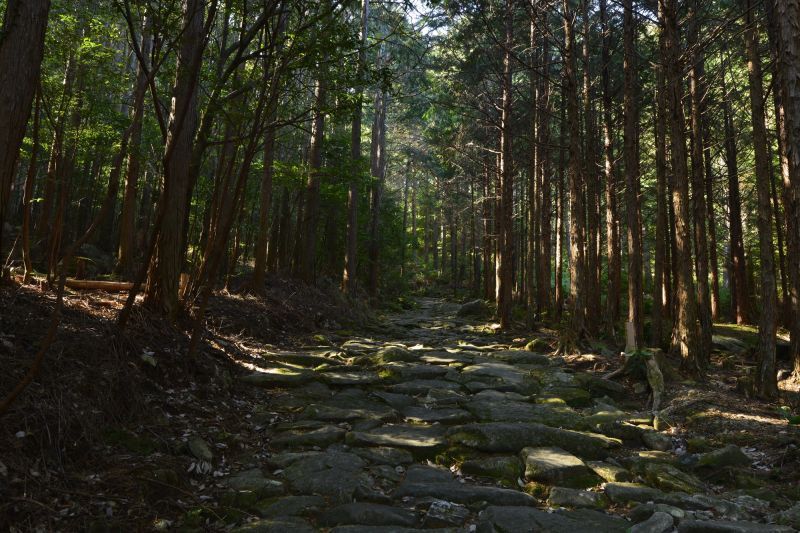
In July of 2004, the Kumano Kodo pilgrimage routes were registered as an UNESCO World Heritage site under the property “Sacred sites and pilgrimage routes in the Kii mountain range”.
These routes may have been recognized in 2004 by UNESCO, but the significance of these routes date back over 1000 years. In Shinto routes do not only provide a link from one destination to the next, they are also an important part of the ritual pilgrimage. The walk along these routes are meant to be an experience in itself. The routes that make up the Kumano Kodo are an integral part of the pilgrimage process and travel along these routes usually involved rigorous religious rites of worship and purification.
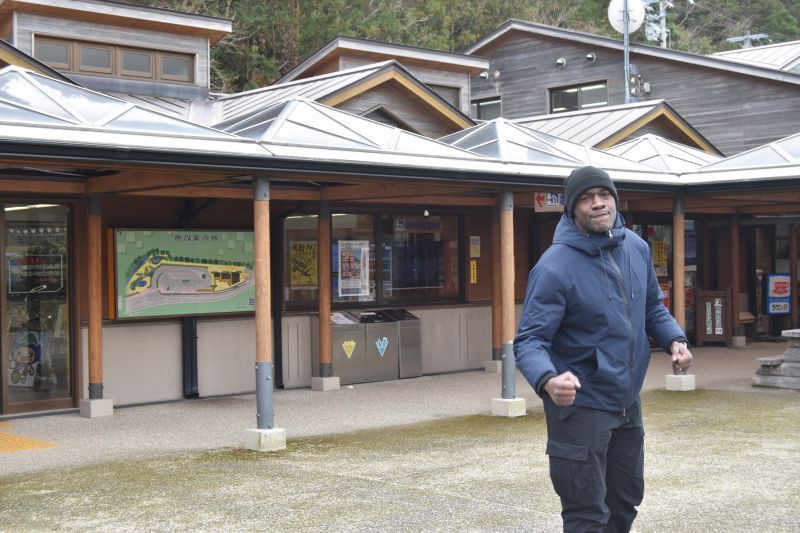
I love history, and jump at any chance I have to be able to follow in the footsteps of some of Japanese history’s more notable inhabitants.
People from all levels of society, even emperors and aristocrats used these trails. Although pilgrims do use these routes for religious purposes, today many use the trails for recreational hiking and exploration.
I too like to stay active and love physical activity. Pair this with my love of history and there is no way that I could pass up a chance to hike a section of the Kumano Kodo for myself.
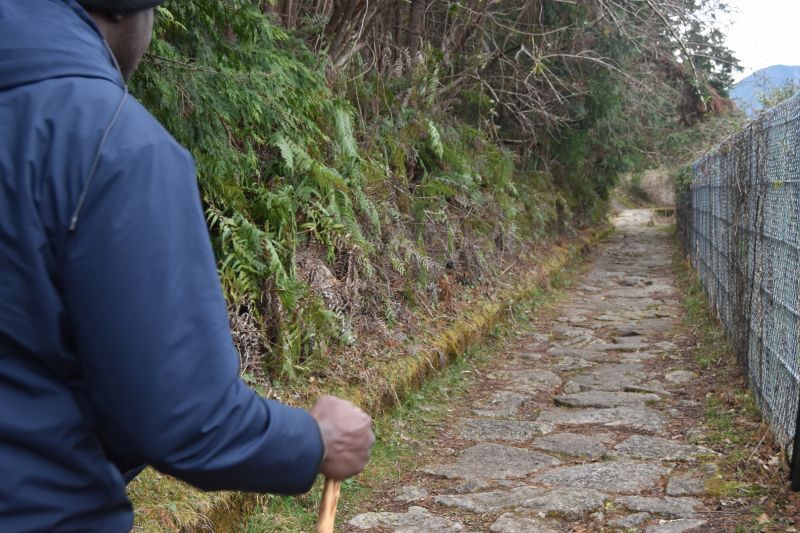
Decided to hike the Magose-Toge pass along the Iseji route.
The Iseji route is the eastern route to Kumano. This particular pout runs along the east coast of the Kii Peninsula between Ise Jingu Shrine and Kumano Sanzan. It rains a lot in this part of Japan and the erosion of roads has been a concern for centuries. To prevent erosion from heavy rains extensive sections of this route were paved with cobblestones.
This route also cluttered with mountain passes, bamboo forests, terraced rice fields, and beaches. This time my trip along the route would focus on the Magobe Toge mountain pass.
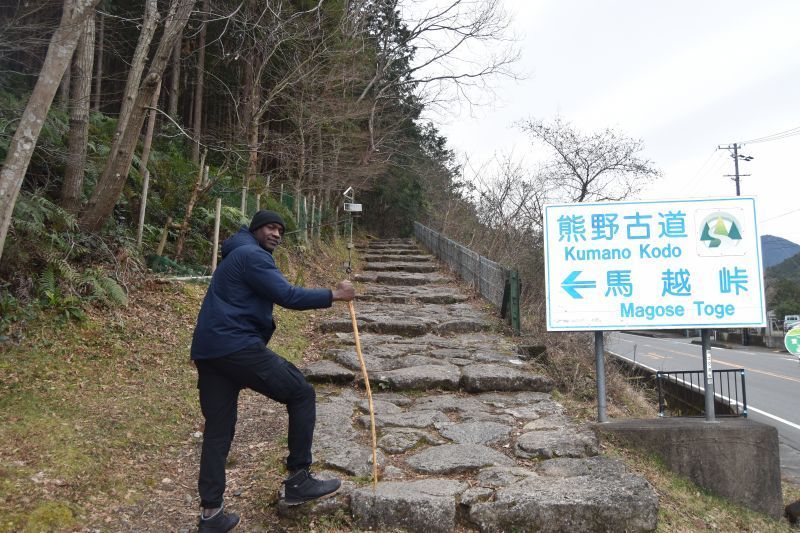
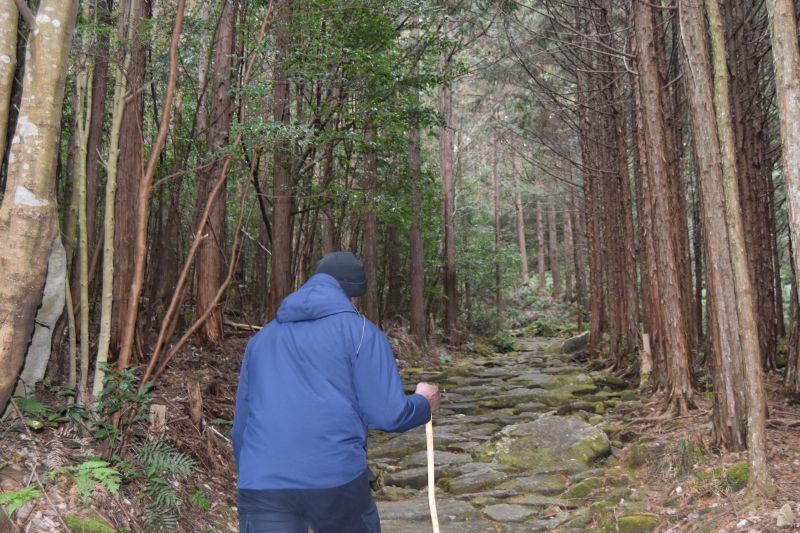
A few minutes into the hike and I found myself completely removed from the outside world.
At the entrance I could still hear cars whist by, but in a matter of minutes it felt like I was completely cut off from everything. As I walked the sounds of nature provided much needed comfort as the pathway forward became steeper and steeper.
I have hiked many trails in Japan before, but never have I come across one that was literally paved in cobblestone for much of the way. The cobblestone provided solid footing and made large sections of the hike manageable.
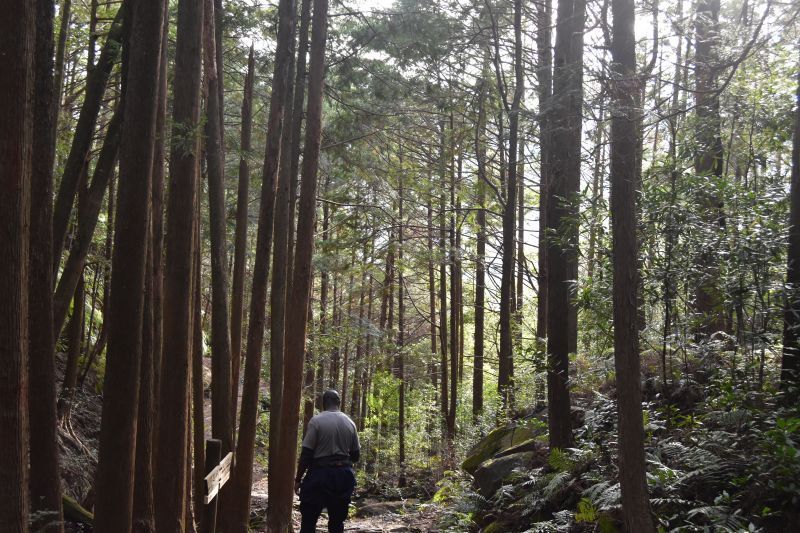
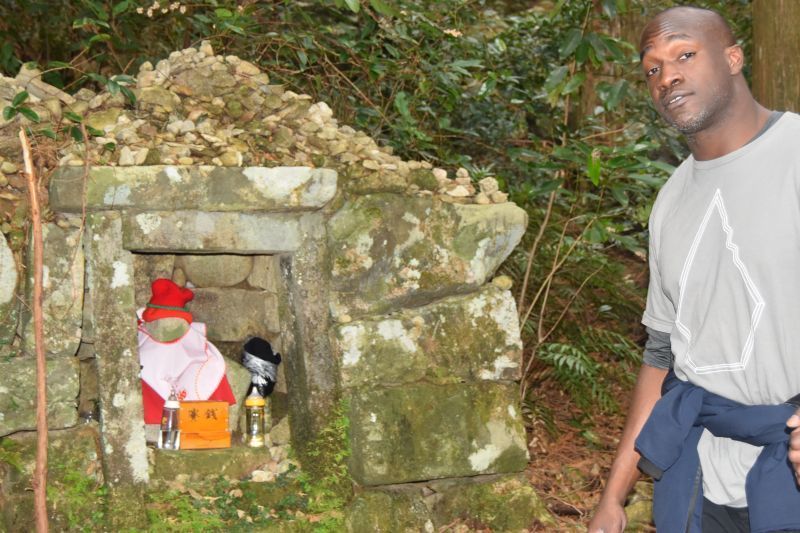
I passed many small monuments and shrines as I made my way further into the forest and higher up on the pass.
One monument that if found particularly interesting was the guardian statute of Yonaki Jizo. After the first steep climb I came across this small Jizo shrine which was originally placed there to protect pilgrims transversing the mountainous pass. It was later believed to have special powers.
It is said to have to the power to prevent babies and young children from crying at night. Similarly interesting was a stone monument that can be seen just before the summit of the pass.
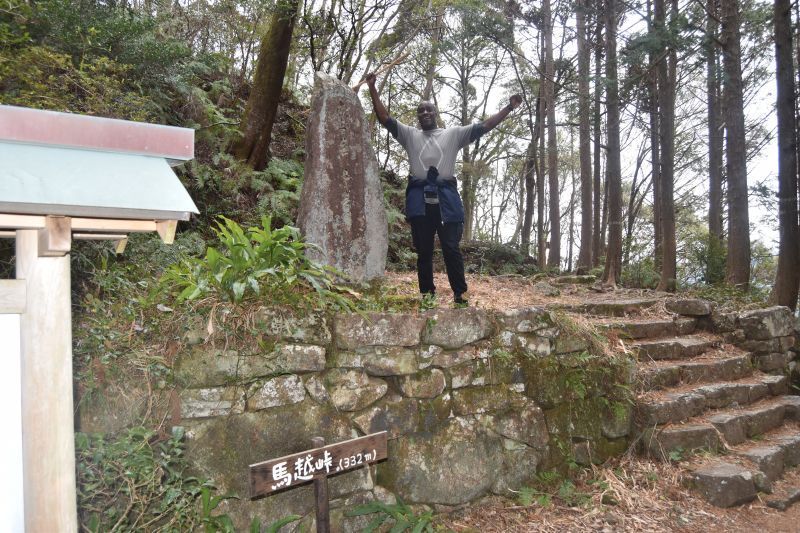
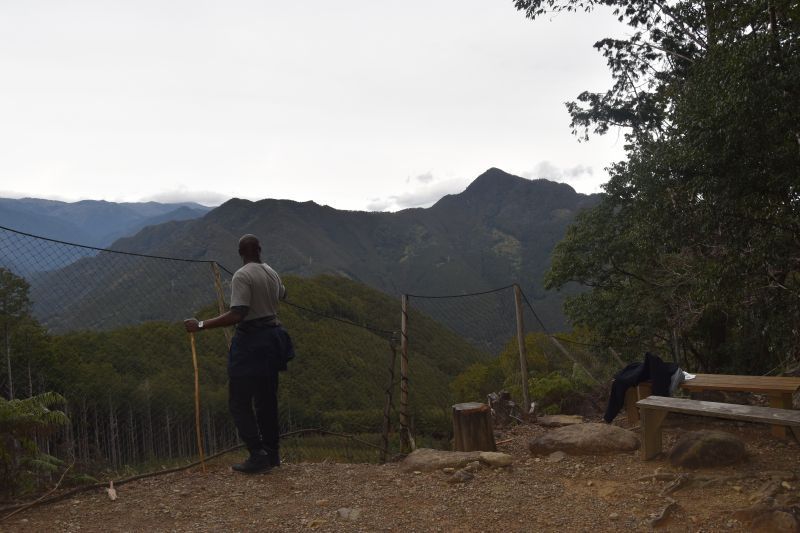
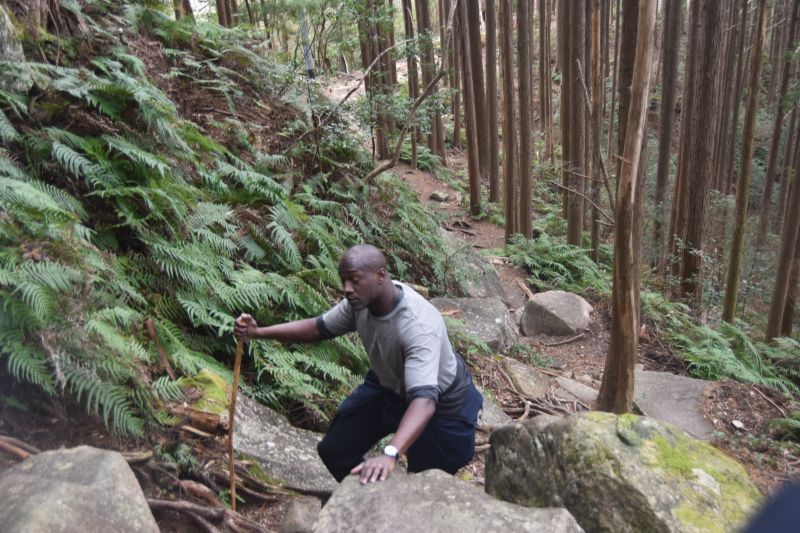
The latter half of the hike up to the summit proved to be a bit challenging. The view from the top however was worth every step.
The climb up was sometimes dangerous. The surface could quickly change and if you don’t have on the proper shoes you could easily slip and hurt yourself. Some parts were steep, other relatively flat, the mountain had it all. At parts it seemed like the incline would go on forever and my muscles would not be able to continue. However, as I stated before, the view at the top made the strenuous trip up worth every step.
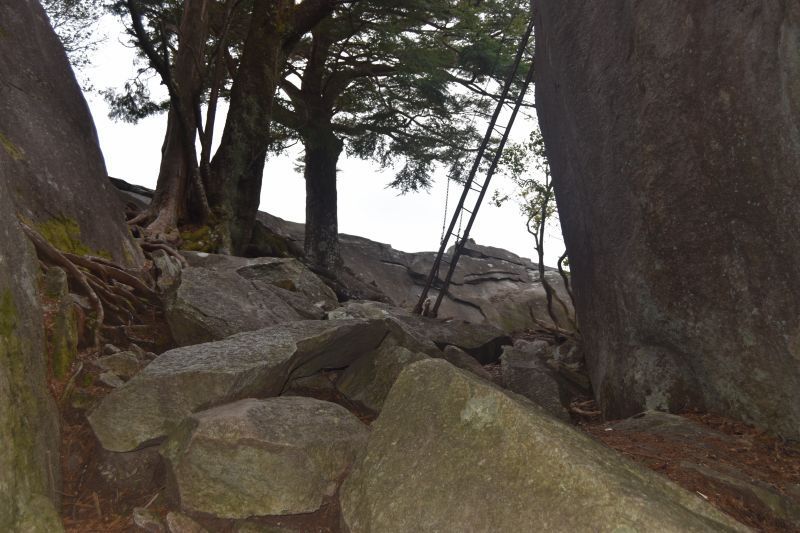
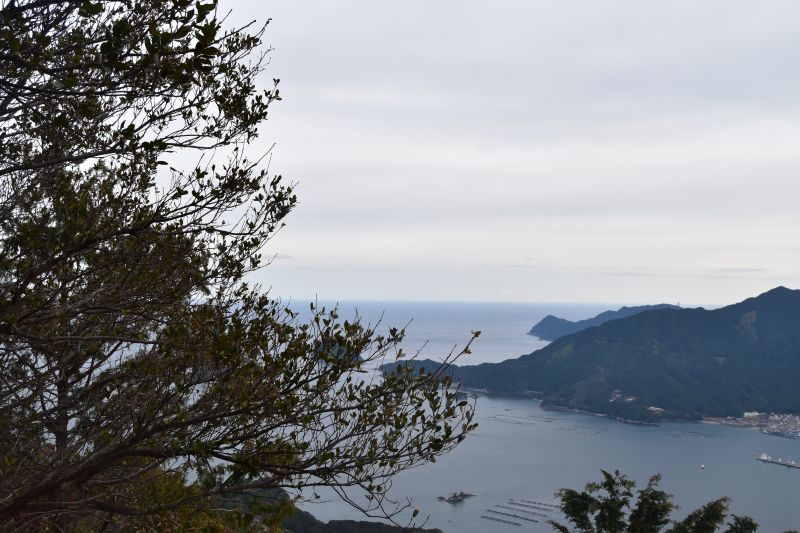
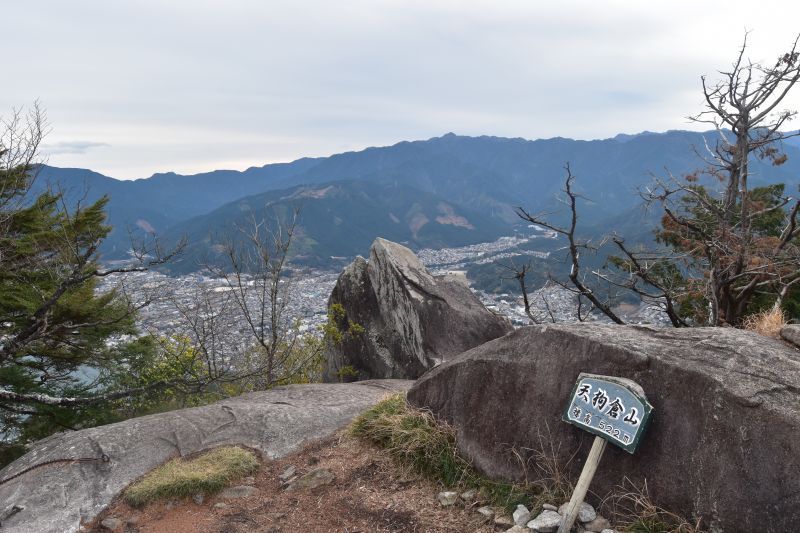
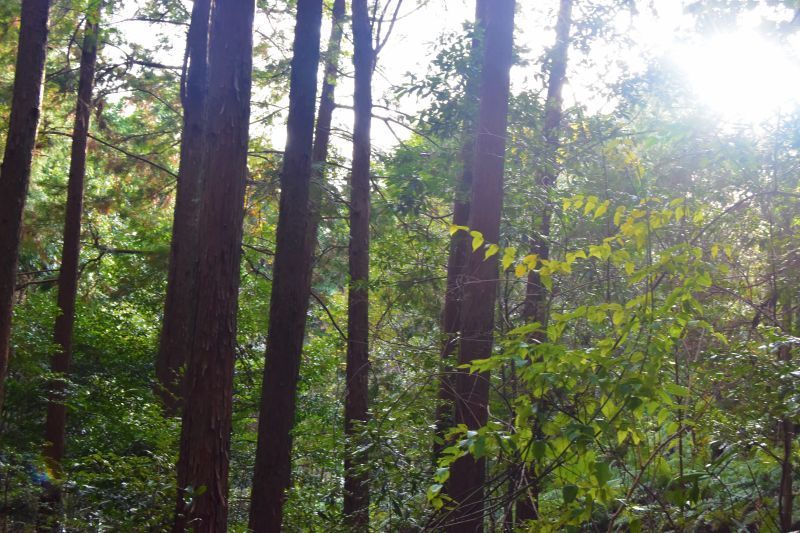
For more information please click on the following link
https://www.kankomie.or.jp/en/spot/detail_21629.html